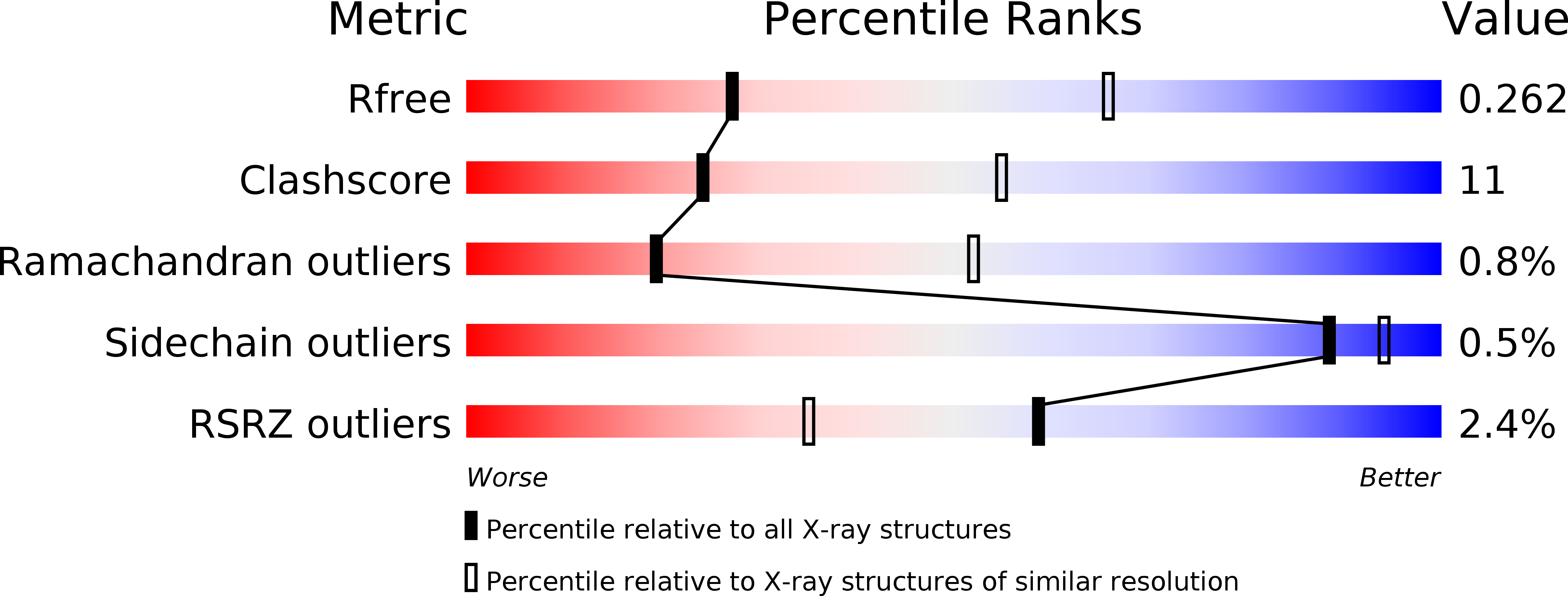
Deposition Date
2017-01-11
Release Date
2017-11-22
Last Version Date
2024-10-16
Entry Detail
PDB ID:
5WY8
Keywords:
Title:
Crystal structure of PTP delta Ig1-Ig3 in complex with IL1RAPL1 Ig1-Ig3
Biological Source:
Source Organism:
Homo sapiens (Taxon ID: 9606)
Host Organism:
Method Details:
Experimental Method:
Resolution:
3.07 Å
R-Value Free:
0.25
R-Value Work:
0.23
R-Value Observed:
0.23
Space Group:
P 32 1 2


